Lee Campbell & Karen Harris
Bringing in real-life discussions, objects, or situations into teaching sessions as a primary source not only stimulates the mind, it encourages creativity by inviting students to engage different senses in varying sensorial encounters.
Lee Campbell from the University of the Arts London has done research into the positive effect of play and multi-sensory learning in the classroom. In this article, he and Karen Harris explain how they use ‘realia’ to engage their learners and improve the effectiveness of language classes.
Multi-Sensory Learning
Everyday realia, often in the form of day-to-day conversational gambits and role-play situations, are a means of provoking kinaesthetic teaching and learning.
For example, in teaching the names of different parts of the body to beginner–level students, and as a way of providing a haptic learning experience, students are invited to work in groups and match post-it notes with the corresponding part of their body.
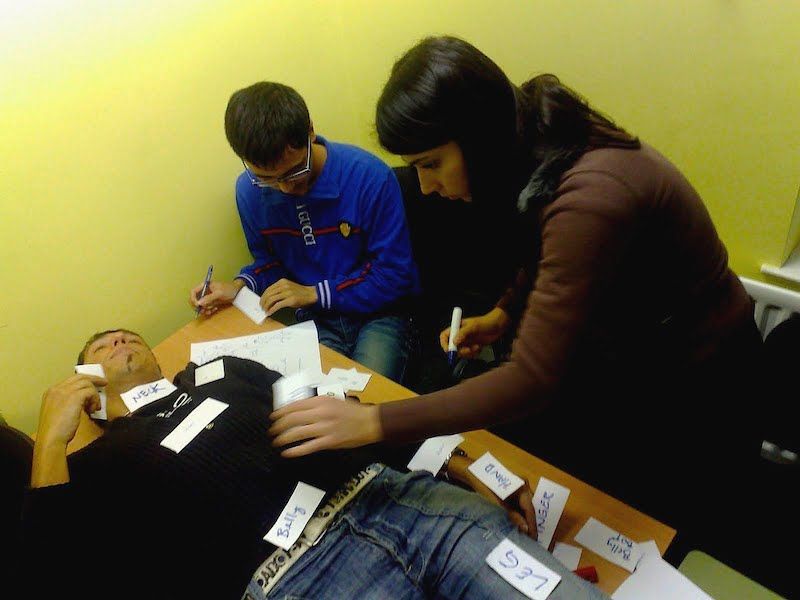
When teaching vocabulary or terms relating to food and drink in the past, I (Lee) have asked students to bring in traditional dishes from their respective countries for a class picnic.
This generated a ‘gustatory’ (taste) learning experience, creating engagement beyond flash cards or photos/pictures of different types of food and drink.
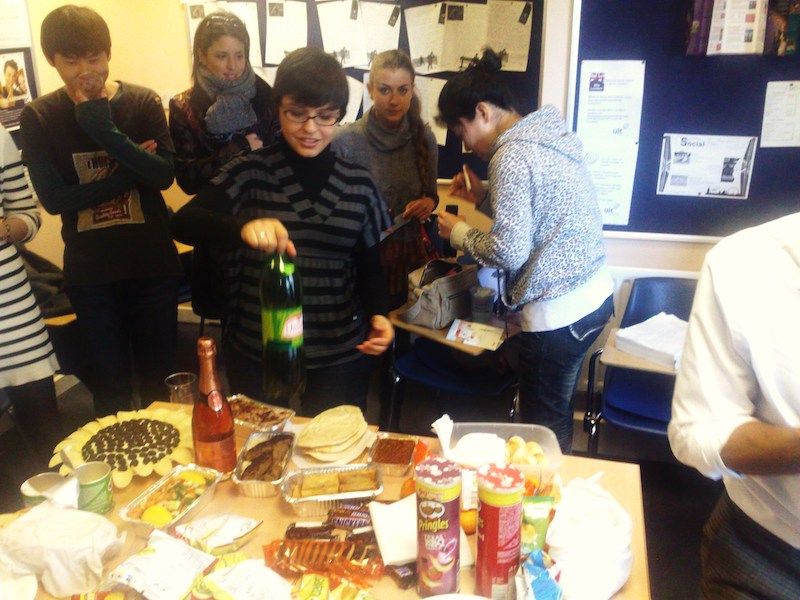
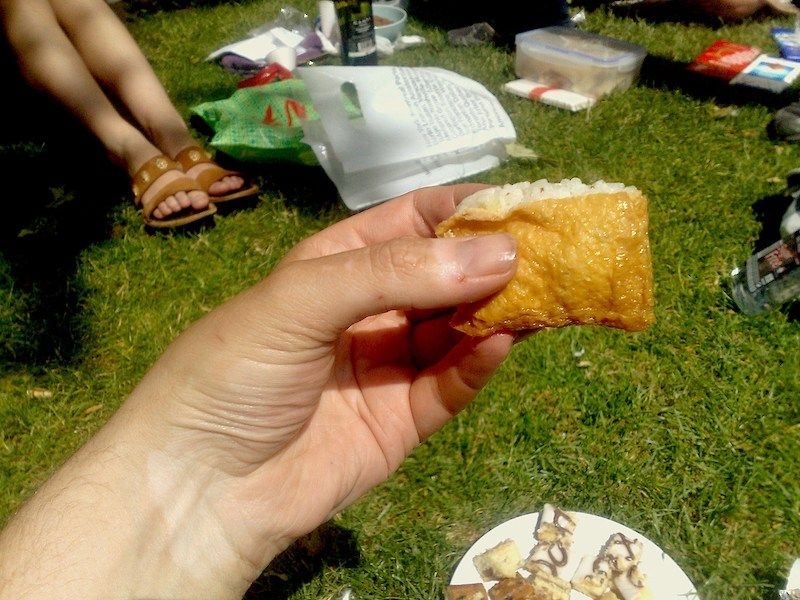
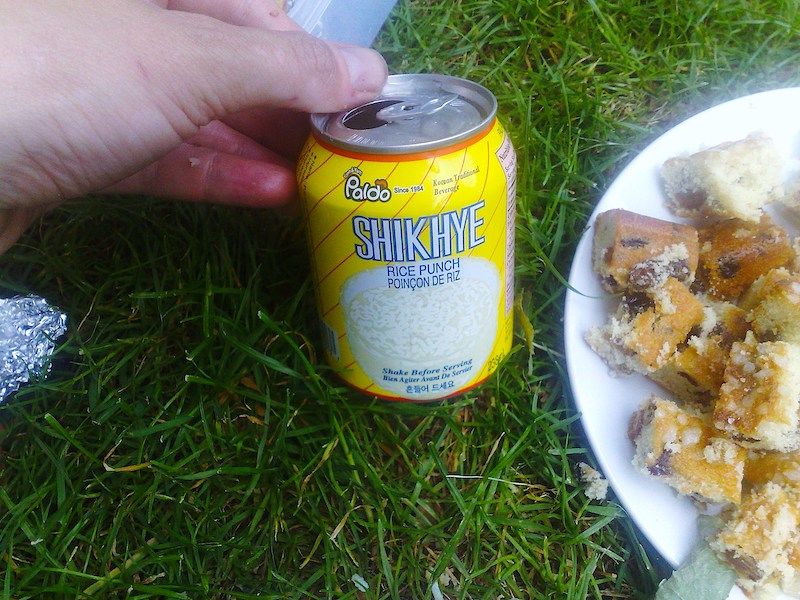
Realia, Humour and Imagination
Using realia as a springboard shows how creativity can flourish best under some kind of a restriction.
If, for example, students are told: ‘Write a 250-word story’, it is likely that the limitless possibilities will result in panic and writers’ block.
On the other hand, if they are told: ‘Write a 250-word story … about three of these five objects that I’ve placed on the table’, the chances are that their imagination will spring to life as they attempt to make connections –sometimes logical, sometimes downright bizarre – between disparate items.
Random objects can also be used for a ‘sales rep’ activity/competition, in which students try to persuade their classmates to ‘buy’ a selection of tat/kitsch.
“Won’t you buy this wonderful pencil? Look! You can write with it – any word in any language! Or even draw a picture! You can carry it in your pocket – it’s so small and lightweight. And when you’re feeling angry, you can break the pencil instead. It’s so versatile…”
Thus realia can help to build vocabulary, skills and confidence.
A variation of this is the ‘mad debate’, in which students passionately argue why one object (perhaps chosen while blindfolded, or as a lucky dip) is better than another, for example, a sock versus a packet of crisps.
Very often, the more absurd, the better. A pile of clothes in a variety of patterns and colours can be used to create the ultimate Bad Taste Man. A selection of restaurant menus can be a prompt for a ‘create the most disgusting recipe’ competition. A magazine problem page can be inspiration for students to try their hand at being an agony aunt/uncle – perhaps as a competition to see which students can write the worst advice, or having them get in character as a ‘celebrity agony aunt’ such as Donald Trump or the Queen.
Another popular activity with older students is Speed-Dating Classroom. This is a lesson where students invent an imaginary person looking for love, fill in a brief form with dating requirements of their imaginary person and then undertake a live speed-dating style activity in the classroom enacting their imaginary person seeking out a date. Students often enjoy taking on the role of a persona/ acting.
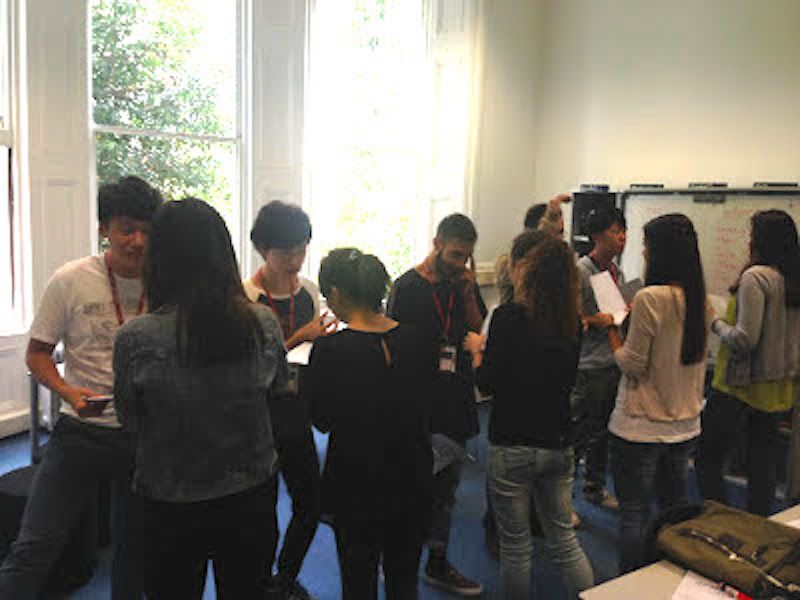
At the University of the Arts London, a frequently-used icebreaker at the start of the summer pre-sessional course is the “99p Project”.
Students are taken to the local 99p shop with the instruction to each choose and buy an item – but given no further explanation at this stage. On returning to the classroom, the items are put in a pile and students are placed into groups. Each group then has to select several items from the pile to create an art installation, followed by a Q&A.
The realia thus acts as a catalyst for collaboration and creativity, as well as language skills such as negotiating, questioning, explaining and justifying – in a fun and relaxed way.
Object Analysis
Objects can, of course, facilitate more serious reflection and analysis.
Students can bring in objects from their own life – perhaps something connected with a specific room in their childhood home, such as the kitchen, living room or teenage bedroom – and explain what it means to them and how it connects with other memories and past experiences. Of course, they can use a similar item if the original cannot be accessed.
On a less personal level, analysis of an object (say, a piece of jewellery, an ornament, an artwork or a book) can provide a rich source for multi-layered exploration, whether it be aesthetic, cultural, economic or business-oriented.
The underlying philosophy here is that there is no such thing as a boring object.
Incorporating Technology
One of my more popular lessons with intermediate and advanced level students that I designed whilst working at United International College (UIC) in London was called Tasty Toppings with a Twist.
Students worked in small groups and designed a new pizza topping, generated promotional press adverts for their ideas and then presented a TV advert in front of their classmates and the teacher.
For those students who were too shy to present physically and in person, I gave them the option of presenting their ideas as a radio broadcast, where they would record themselves speaking and play the recording back to the class.
The activity also had a competitive edge; the student group who gave the best presentation (in terms of creativity of ideas and use of persuasive language to sell their invention) was treated to a free large pizza at the local pizza restaurant.
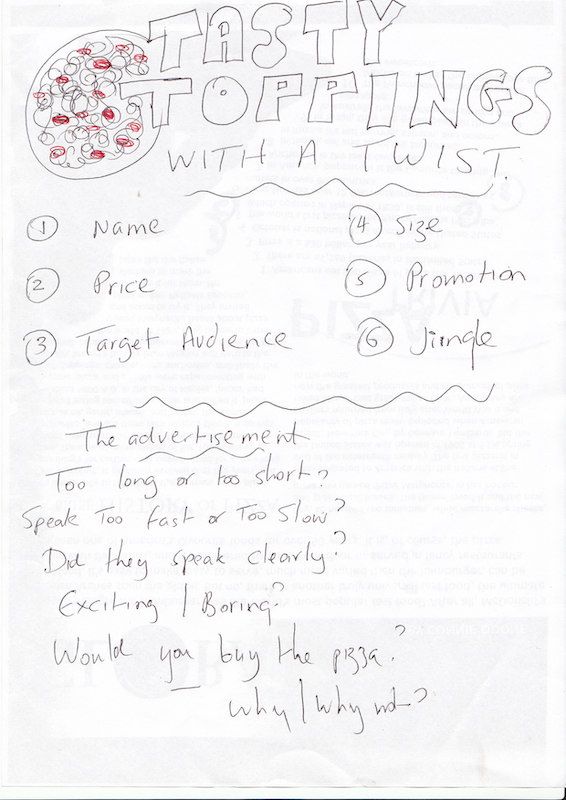
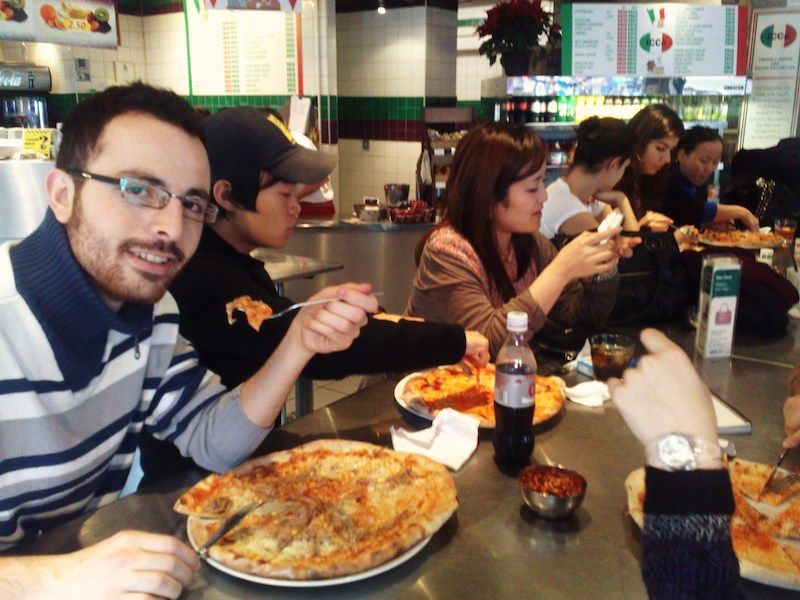
Paige Abe and Nickolas A. Jordan suggest that ‘using social media [as a form of virtual realia] in the classroom creates a new pattern of social encounter’ (2013, p17). Hence it is worth reflecting on the possible uses of ‘digital realia’ teaching practice.
As well as Skype, this could also include applications such as Textwall, TitanPad, Mentimeter and Poll Everywhere: free messaging applications which allow students to post anonymous messages onto an online ‘wall’.
For more information on this work, please consult this article I have written on digital realia in my teaching.
Teachers and Realia
Erika Piazzoli (Assistant Professor in Arts Education at Trinity College, Dublin) has applied realia in a storytelling and creative writing course for adults with learning disabilities including Downs Syndrome, autism and dyspraxia.
The realia which Piazzoli uses in the classroom not only provides students with a sense of familiarity, it also facilitates a process through which abstract ideas become more tangible and concrete through sensory interaction.
Piazzoli has also used digital realia, for example Google Maps, to help her students understand the real world and relate actual GPS coordinates to the stories they write in class.
Bernadette Wall currently heads English Language Training, whose mantra is ‘Come, Stay and Learn for a Truly Immersive English Language Experience.’ She suggests: ‘One thing I often do for vocab is bring in household detergents, foodstuffs (cereal packets etc.) and toiletries (shower gel, shampoo etc). I could just write down the words but the impact of having so much vocab at students’ fingertips and them not realising it is quite dramatic! You can extend this to them bringing in a contribution’. Realia plays a part in creating that ‘immersive experience’.
English as a Foreign Language tutor Ceveagh Chan asserts that realia ‘provides great stimuli, injecting a liveliness. The physical element brings more senses into play and essentially allows for a multi-dimensional learning opportunity.’
Realia Only Improves Language Learning
Realia can stimulate on several different levels: the analytical, the creative, the sensory and kinaesthetic. Generating a multisensory learning environment using realia can also enable greater accessibility.
A huge advantage of realia is that it provides a tangible focus for classroom activity which can be surprisingly easy to set up. Because it gets away from the deadening and sometimes stressful effect of textbook-based learning, and encourages students to work with the materials free of inhibition, lessons are brought vividly to life. As students find they can relax into the language, the content and skills are more effectively retained.
There seems to only be plus sides to introducing realia into the classroom – and we, personally, have time and again seen the dramatic help it provides.
About the Authors:
Dr Lee Campbell is Lecturer in Academic Support across Camberwell and Wimbledon colleges at the University of the Arts London. Lee’s pedagogic research has been published internationally. He is currently working on an edited collection Leap into Action: Critical Performative Pedagogies in Art & Design Education (Peter Lang USA) to be published in November 2019. Prior to working as an arts educator, Lee worked in EFL for over ten years at a range of schools/colleges across London including Frances King School of English and United International College (UIC), as well as being a one-to-one tutor for English Language Training.
Karen Harris is an Intercultural Communications Trainer and Language Development Tutor at the University of the Arts London. Her particular interests lie in critical thinking and interdisciplinarity, and she has developed a number of teaching and self-study materials which explore writing as an artistic skill.
Previously, she taught English as a Foreign Language for students working towards the Cambridge Advanced and Proficiency examinations. During this time, she presented English UK conference workshops on ‘Exploring the Subtleties of Language’ (using techniques from literature studies in the EFL classroom) and ‘Keep it Surreal: Tapping into Students’ Creativity’.
Is Realia Used In Your Language Lessons?
Our Account Managers carefully craft each language course to the specific requirements of the learners. Whether that means encouraging teachers to make greater use of realia, or focusing on industry-specific language, our team is here to make sure your course is exactly right for what you need.
Click here to submit an enquiryand start a conversation with our Account Managers.